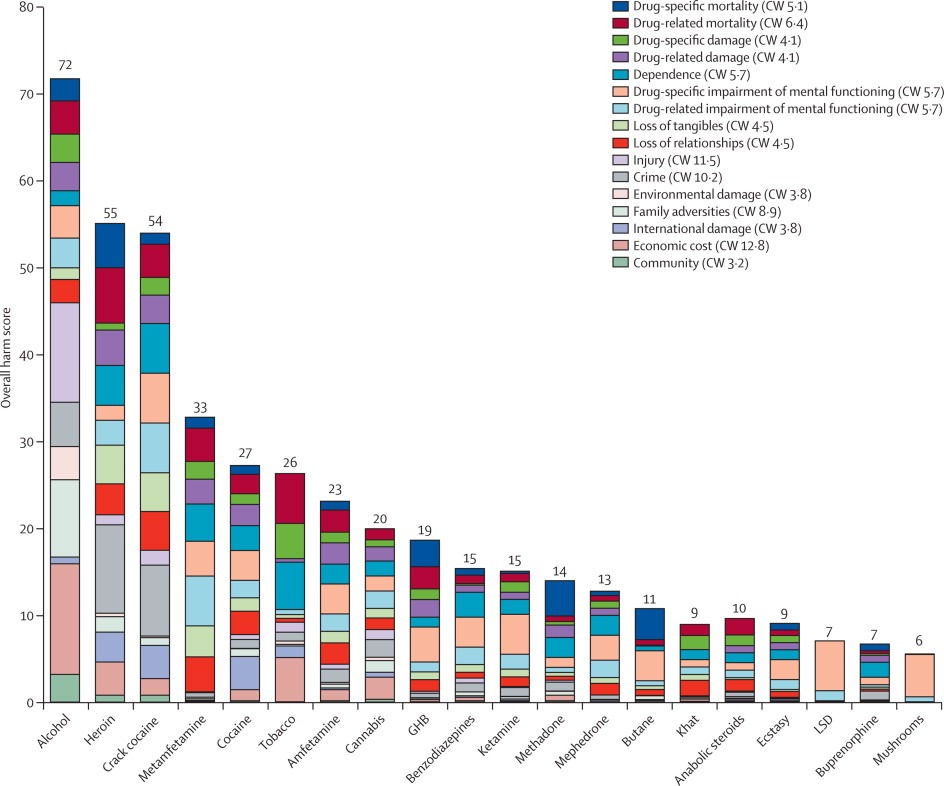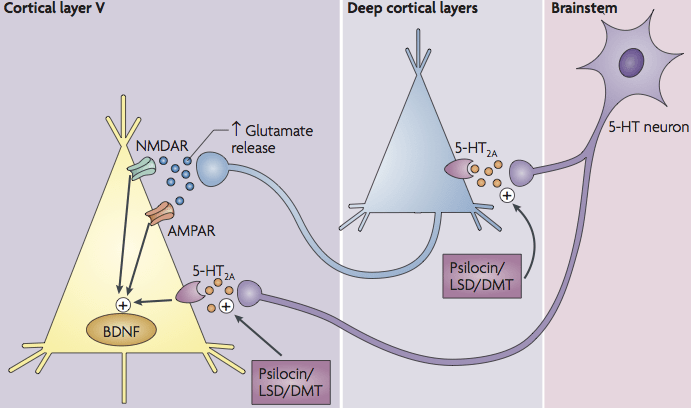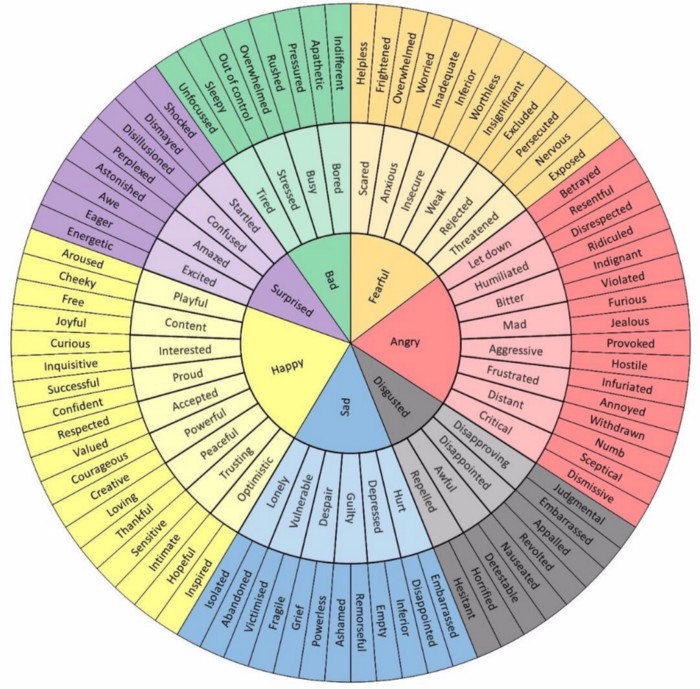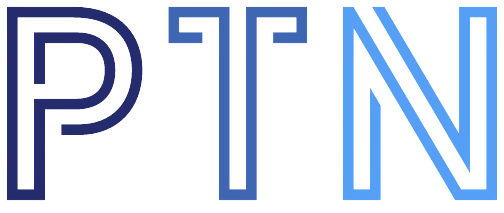Therapeutic drugs?
Not all drugs are the same. There are many different substances that fall under the heading of drugs. Some fall under substance abuse, addictive substances or medicinal drugs such as marijuana. The way drugs are used is, of course, most important. Recently, especially hallucinogens and also psychedelics without hallucinogenic effect have been in the spotlight when it comes to therapeutic potential. We therefore see psychedelics as a completely different sub-variant of the different types of drugs and psychedelics are therefore the least harmful. These are the least harmful and most researched; psilocybin from magic mushrooms and magic truffles. But LSD and MDMA are also getting more and more attention.

How do most psychedelics work therapeutically?
1: BDNF
The various psychedelics are almost all known to increase the activity on the serotonin receptors. This is usually done because the psychedelics resemble serotonin and then fit into the same receptors. Some drugs, such as MDMA, increase activity by releasing more of the body's own stores of serotonin. Overall, most of the effects are achieved through the stimulation of the serotonin receptor 5HT2a. The degree of stimulation of the 5HT2a receptor in particular, as well as a mix of other receptors, causes a change in perception, mood and the production of new connections in the brain. The new connections in the brain are in turn attributed to the extra production of the neurotrophin BDNF. When the body releases more BDNF, it flips the switch on a set of genes that grow brand new brain cells, nerve cells, and number of connections. Even slightly higher BDNF makes you learn faster, remember better, age slower and your brain quickly rearranges connections with the different parts of the brain and body.
BDNF also increases brain plasticity. When brain cells become damaged or placed in a stressful situation, BDNF protects them and helps them come back stronger. The neural pathways become more flexible rather than broken down, which could explain why higher levels of BDNF are associated with warding off depression.

2: DMN activity
The Default Mode Network (DMN) includes brain regions in the cortex that are normally active during rest and is involved in event recall, social and emotional judgment, and future planning. Lowering the activity of the DMN ensures that the sense of time disappears and that people live more in the here and now. This means that worries and fears about the future disappear.
A lower activity of the DMN therefore ensures a lower stress level and therefore lower cortisol. Low cortisol ensures that the body can use its self-healing mechanism, which means that diseases and inflammation can be fought. Thanks to the reduced inflammation levels, more serotonin is released, which in turn releases more BDNF, while also lowering anxiety and depression.
Read more about being in the now
3: Less ego
Psychedelics in higher doses ensure that self-awareness is put on the back burner because a higher degree of connection can be experienced. The ego usually wants to be fed with more and more and often unhealthy things. The ego makes us restless and anxious as self-preservation is the ego's greatest goal. Without ego we will not survive, but an overactive ego creates separation, loneliness and addictions.
Less ego means more connection, less depression, more serotonin, more BDNF, more healthy choices, less stress, and less DMN activity.
4: Emotions are allowed
It often happens that during a psilocybin session emotions come up that have been blocked for a long time. It is precisely the release of this “old pain” that releases emotional blockages and sometimes also psychosomatic complaints. It can sometimes feel like a liberation to feel uninhibited everything that needs to be felt. Because psychedelics can also give a feeling of satisfaction, the "negative" emotions can often be felt more easily and processed into something that someone can be satisfied with.

5: Hallucinations
MDMA gives almost no hallucinations at normal doses, while the other known psychedelics do just that. LSD, psilocybin and DMT (ayahuasca) are known to make you hallucinate. The hallucinations in combination with the effects described above can provide new insights that can help, spiritual experiences or a very beautiful experience that cannot be explained in words. In our opinion, it is also an insight into how the subconscious works and people can make healthy choices with the new knowledge. Do you want to learn more about the hallucinations? Read more via the link:
Starting Psychedelic Therapy?
With us, the processes start with the intake form. After completing the intake, a first advice will be sent to you by email containing the recommended trip and dosage. The email also contains an explanation of what the approach will be and how an appointment can be made for the psychedelic session.
Overview available days
View our current availability below via the following link:
Extra information
Would you like to know more about who we are and where we offer our services? Then use the following links for more information.
Trip therapy rates | Trip therapy method | At home service | Our location | Trip therapy reviews | About us
Contact via chat apps
Nowadays chatting through chat apps is like Whatsapp and Telegram the easiest way to get in touch quickly. The phone number we use for these chat apps is 0640898455.
Instant chat via Whatsapp
Instant chat via Telegram
Contact by email
Although e-mail is used less and less, you can of course also contact us by e-mail. You can email us at the following email address.
Contact by phone
Do you prefer to call? You can also reach us on telephone number 0640898455. In the event that we are unable to speak to you, you can request us to call you via one of the options above.
